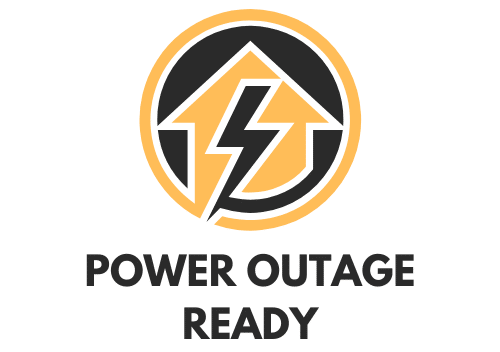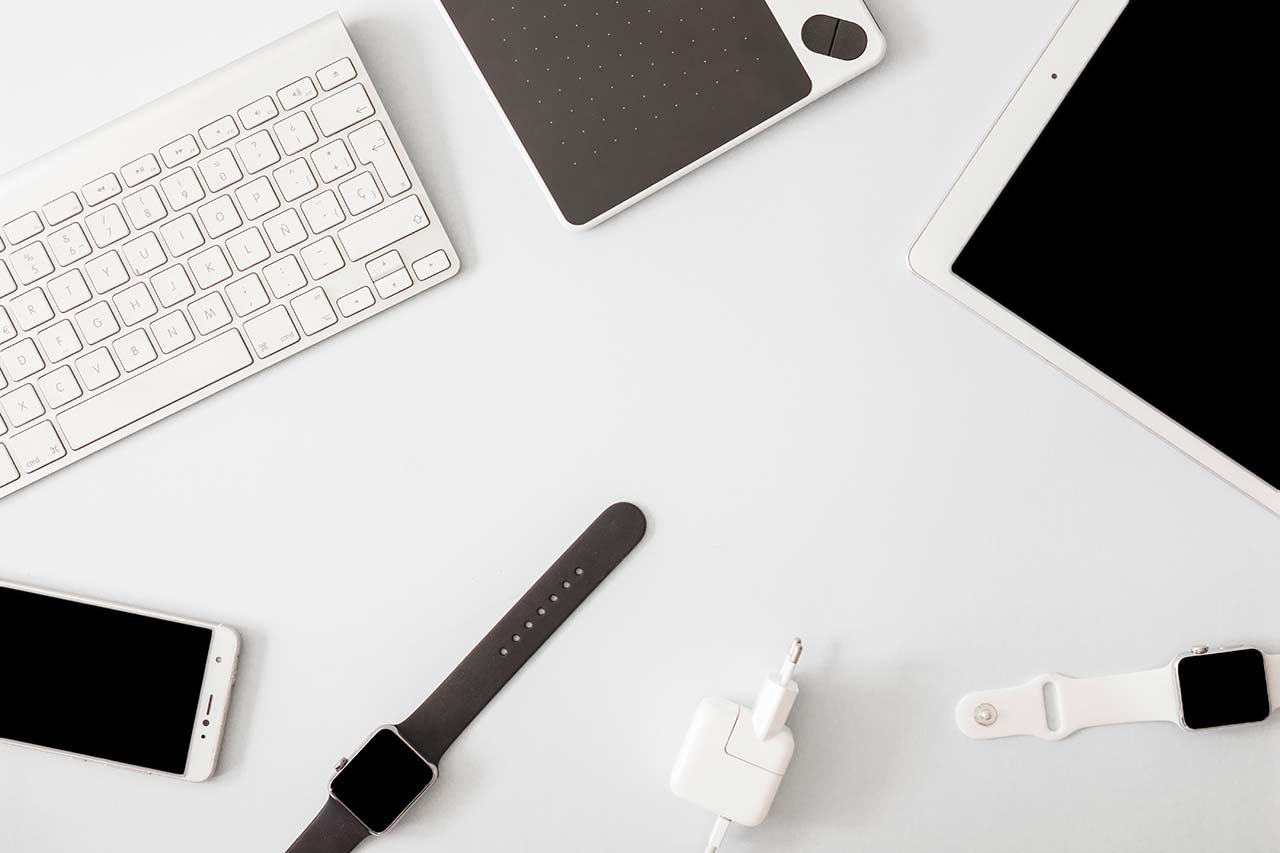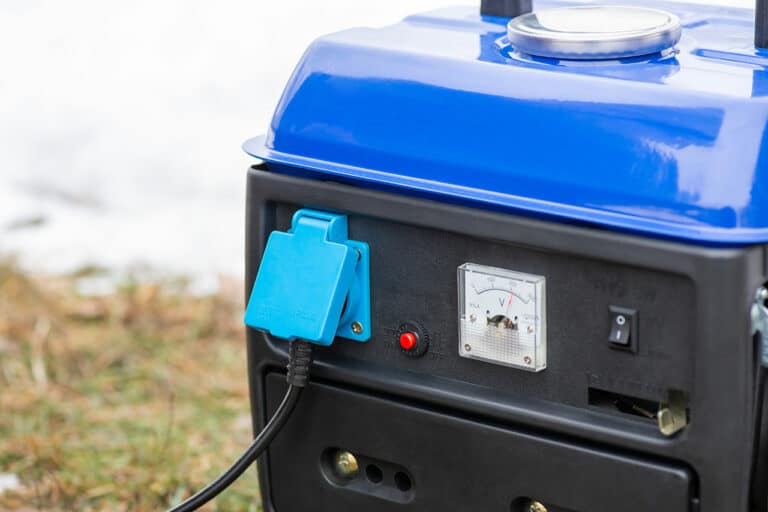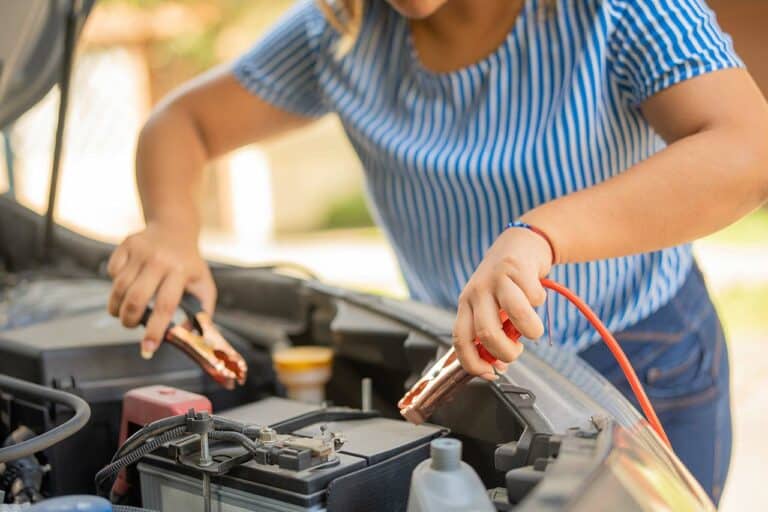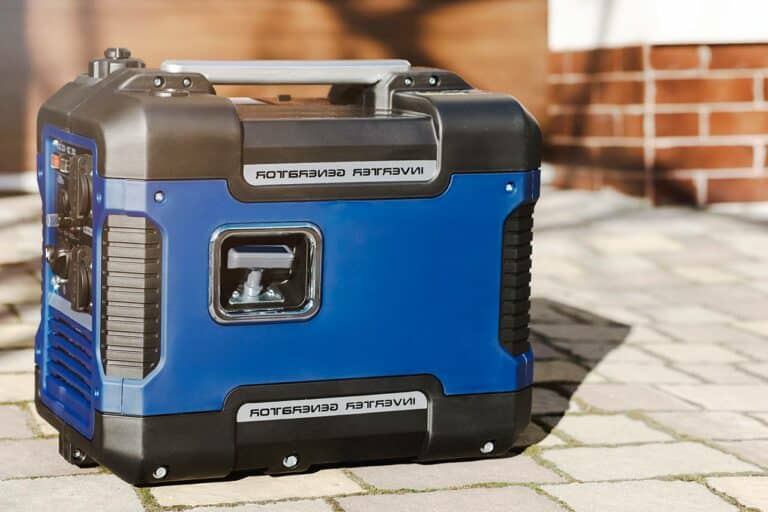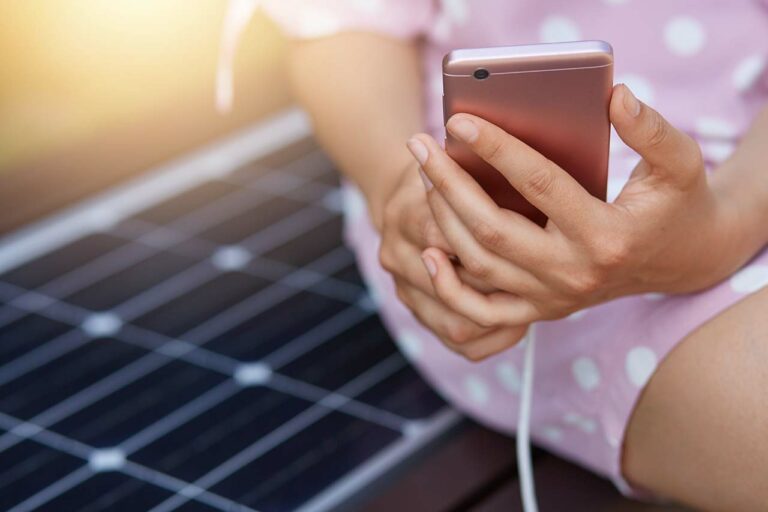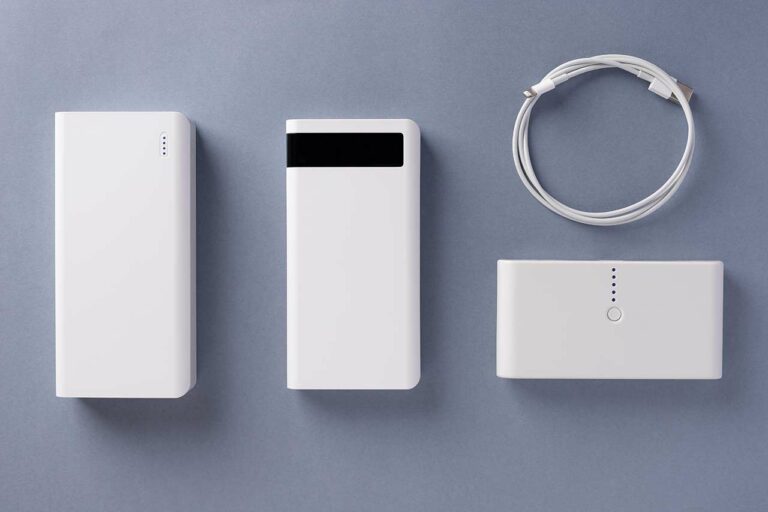Power Bank vs Power Station: What’s The Difference?
When you’re preparing for a power outage, you’ll likely think about how to keep your devices juiced up. You’ve got a few options for alternative power in her home, from solar panels to generators, but when it comes to smaller power sources, two of the simplest, most portable options are power banks and portable power stations. While they sound very similar, power banks and power stations actually are two different sources of backup power. So, what’s the real difference between the two and which one is best for your needs? Let’s break it down volt by volt.
Key Differences Between Power Banks and Power Stations
While power banks and portable power stations serve similar purposes, they do have some key distinctions that set them apart.
Weight & Portability
Your typical power bank is lighter and more compact than your typical portable power station, some are even pocket-sized, making it a better fit for daily carry or even in an emergency evacuation kit.
Capacity
But size matters. Larger portable power stations also have larger batteries, and larger battery capacities, allowing them to power more substantial devices like laptops or small appliances.
Outlets
Power banks are designed to charge small devices, like cell phones, via USB-A or USB-C ports.
In contrast, power stations feature multiple outlet types, including AC outlets (what you’re used to in your home) and USB ports, so you can recharge and power more devices with more plug types.
Port Quantity
While most power banks are exclusively designed with USB outlets, power stations still generally have more of them, including different types like USB-A and USB-C. This gives you greater versatility when it comes to charging tech gadgets.
Wattage
Power banks typically deliver a lower output of wattage, just perfect for charging small, handheld devices.
Power stations have a higher wattage capacity. This means power stations can power or charge devices that require more power, including small appliances, like hot plates and space heaters.
Inverter
Power stations have built-in inverters that convert DC power from the battery to AC power for your devices. This allows you to plug in and power devices that use a standard wall plug, making power stations ideal for emergency use and off-grid situations.
Assessing Battery Capacity and Output
When comparing power banks and portable power stations, it’s crucial to consider their battery capacity and output. Battery capacity, measured in milliamp-hours (mAh) or watt-hours (Wh) tells you how much charge a device can store. A higher capacity means that it can hold more energy, which is useful to power up multiple devices or recharge them several times.
Power banks usually have a capacity ranging from 1,000 to 50,000 mAh, making them great for charging smartphones, tablets, and smaller gadgets.
Portable power stations, on the other hand, have larger capacities, enabling them to power bigger devices like laptops and even appliances.
Output
Output refers to how much power the device can deliver to your gadgets. When assessing output, pay attention to wattage (W) and voltage (V). Power banks typically offer lower output power, suitable for charging smartphones and laptops and not much more, while portable power stations possess higher output power, enabling them to power more energy-intensive devices.
To provide an efficient charging experience, some power banks and power stations also support power delivery (PD) technology. PD allows the device to adjust its output voltage depending on your gadget’s needs, enabling faster and more stable charging.
Keep in mind that the actual number of charges a battery can provide depends on various factors like efficiency, device compatibility, and energy consumption. So, a 20,000mAh power bank might charge a 5,000mAh smartphone around 2.66 times before needing a recharge itself.
Here are some key features to compare when assessing battery capacity and output:
- Battery capacity: The amount of energy the device can store (mAh or Wh)
- Output power: Power delivery, voltage, wattage, and maximum supported charging speeds
- Power station weight: Portable power stations tend to be heavier due to their larger capacity
- Device compatibility: Consider your personal gadget needs, including smartphones, laptops, and appliances
As you evaluate portable power sources, keep your energy needs in mind. Power banks are convenient and portable for everyday use, while power stations offer more versatility and higher output in emergency situations or on long trips.
Power Stations for Larger Appliances
Want to keep your refrigerator, microwave, and maybe even your stove and TV running during a power outage? A portable power station with enough wattage will get the job done, at least for a few hours.
Though it’s important to note that not all power stations are built equal. Some can handle small appliances like blenders and projectors, while others can power larger items like refrigerators and TVs. It all comes down to their capacity and output. Here’s a general idea of what you can expect:
- Small power stations can usually handle devices like projectors, blenders, and other small appliances. They’re perfect if you need a little extra juice for your gadgets.
- Medium power stations are great for stuff like TVs and most power tools. These units can keep your entertainment or work going without a hitch.
- Large power stations are the heavy hitters. They can power microwaves, refrigerators, and other larger appliances. Ideal for when you need some serious power on-demand.
When choosing a power station, it’s important to consider what appliances you’ll need to power, and ensure the unit you’re looking at has enough capacity to get the job done. Be savvy and check those specs, because the last thing you want during an emergency is a power station that can’t carry the load.
Power Banks for Greater Portability
When you need to move, power banks may be your best bet. They’re small, incredibly lightweight, and designed primarily to keep your handheld devices – think smartphones, earbuds, or smartwatches – powered up.
Though, they can’t keep your home appliances running, a couple of charged power banks (or solar ones), are great devices to have in your power outage emergency kit. Even more so if a power outage causes you to have to evacuate your home.
Choosing Between a Power Bank and Power Station
The choice between a power bank and a portable power station boils down to your specific needs, and what you want the device to do in the event of a power outage.
If you’re looking for portability and a quick charge for handheld day-to-day devices, power banks are a perfect companion.
If you need a reliable power source for larger appliances during extended power outages, a portable power station is the way to go. (Of these two power sources – there are better overall options for long-term power.)
Whichever device you choose, keeping your gadgets powered up when the grid is down will keep you informed, so you’re never left in the dark.
